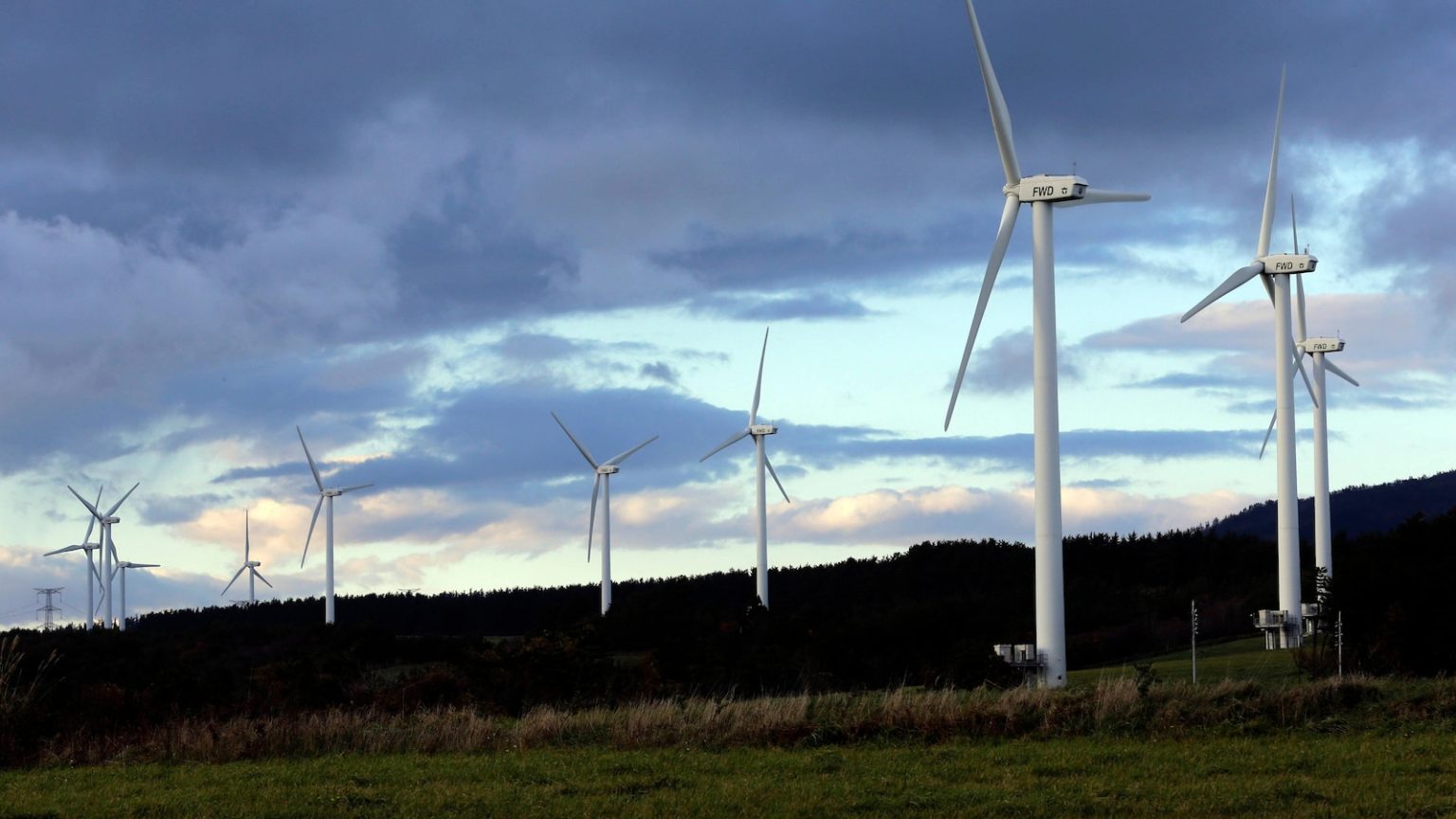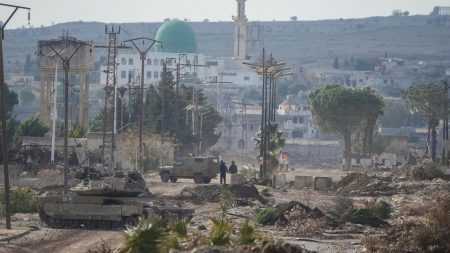Japan’s Ambitious Decarbonization Targets: A Path to a Sustainable Future
An Overview of Japan’s Climate Goals
In a bold step towards combating climate change, Japan’s government has unveiled an updated decarbonization plan, setting its sights on reducing greenhouse gas emissions by an impressive 70% by 2035 compared to 2013 levels. This initiative is part of a broader strategy to achieve carbon neutrality by 2050, aligning Japan with global efforts to mitigate climate change. The plan, approved by the Cabinet, outlines a significant shift in energy policy, emphasizing the expansion of renewable energy sources and a renewed focus on nuclear power. This marks a departure from Japan’s previous energy strategies, which were heavily reliant on fossil fuels and cautious about nuclear energy following the 2011 Fukushima Daiichi nuclear disaster.
The updated plan replaces the previous version set in 2021 and sets clear targets for reducing emissions. By 2035, Japan aims to cut emissions by 60% from 2013 levels, and by 2040, the target increases to a 73% reduction. These goals are part of Japan’s Nationally Determined Contribution (NDC) under the Paris Agreement, highlighting the country’s commitment to global climate action. The plan also emphasizes the need to transition to cleaner energy sources, with renewables expected to account for 40-50% of Japan’s electricity needs by 2040, up from the current 23%. At the same time, the government aims to reduce coal-fired power from nearly 70% to 30-40% of the energy mix and increase nuclear power’s share to 20% by 2040. This ambitious strategy reflects Japan’s determination to balance its energy needs with its environmental responsibilities.
The Shift in Energy Policy and Its Critics
Japan’s new climate plan has garnered both praise and criticism. Environmental groups have expressed concerns that the targets, while ambitious, fall short of what is needed to limit global warming to 1.5°C above pre-industrial levels. The 2035 target, for instance, is 6 percentage points below the level required to meet the 1.5°C goal. Critics argue that Japan’s reliance on fossil fuels and its cautious approach to reducing emissions underscore the need for more aggressive action. Despite these criticisms, the government maintains that the plan is a significant step forward, especially given Japan’s historical dependence on coal and other fossil fuels.
The plan also marks a reversal of Japan’s nuclear energy phase-out policy, which was adopted after the Fukushima Daiichi meltdown in 2011. The disaster led to widespread anti-nuclear sentiment and the shutdown of many reactors. However, the renewed focus on nuclear power reflects the government’s recognition of its role in decarbonization. Nuclear energy is seen as a stable and low-carbon energy source, essential for meeting Japan’s growing power demand, particularly as the country transitions to new technologies like artificial intelligence. The plan calls for the restart of idled reactors and the development of next-generation nuclear technologies, though this approach faces significant challenges, including safety concerns and public opposition.
The Role of Nuclear Power in Japan’s Energy Mix
Nuclear power is set to play a central role in Japan’s decarbonization strategy. The government aims to increase nuclear energy’s share of the energy mix to 20% by 2040, up from just 8.5% in 2023. Achieving this target will require the restart of nearly all of Japan’s 33 operable reactors, many of which have been idle since the Fukushima disaster. The plan also includes the construction of next-generation reactors, which are designed to be safer and more efficient. These reactors will be built at facilities where older reactors are being decommissioned, a move aimed at addressing public concerns about nuclear safety.
However, restarting reactors is no easy task. Japan’s nuclear regulators have been criticized for their slow and cautious approach to safety screenings, and many communities near nuclear plants remain fiercely opposed to their operation. The lingering effects of the Fukushima disaster, including the displacement of residents and ongoing contamination issues, have left a deep scar on public perception. Despite these challenges, the government is pushing ahead with its nuclear revival, arguing that it is essential for both energy security and climate goals. The restart of reactors is also seen as a way to support the struggling nuclear industry, particularly operators like Tokyo Electric Power Company Holdings (TEPCO), which is grappling with the immense costs of decommissioning the Fukushima Daiichi plant.
Expanding Renewable Energy Sources
While nuclear power is a key component of Japan’s decarbonization strategy, the government is also placing a strong emphasis on expanding renewable energy sources. The plan calls for renewables to account for 40-50% of Japan’s electricity needs by 2040, up from approximately 23% today. This ambitious goal reflects the growing recognition of the importance of solar, wind, and other renewable energy sources in reducing greenhouse gas emissions. The government is actively promoting the development of next-generation energy technologies, including advanced solar batteries and portable solar panels, to help meet this target.
However, expanding renewable energy in Japan is not without its challenges. The country’s mountainous terrain and limited land availability make large-scale renewable energy projects difficult to implement. Additionally, Japan’s energy market has historically been dominated by large utility companies, which have been slow to adapt to the shift towards renewables. Despite these obstacles, the government is committed to creating a more favorable environment for renewable energy investment and innovation. By fostering a competitive market and encouraging technological advancement, Japan hopes to accelerate its transition to a low-carbon economy.
Challenges and Controversies in Implementing the Climate Plan
The implementation of Japan’s climate plan faces numerous challenges, ranging from technical and financial hurdles to public opposition. One of the most significant obstacles is the widespread skepticism and fear surrounding nuclear power. The Fukushima disaster left a lasting impact on public perception, and many communities near nuclear plants remain strongly opposed to their operation. This opposition is likely to slow the restart of idled reactors, despite the government’s efforts to reassure the public of their safety.
Another major challenge is the high cost of transitioning to a low-carbon energy mix. Decommissioning old reactors, building new ones, and investing in renewable energy infrastructure require significant financial resources. The government will need to secure funding from both public and private sources to support these efforts. Additionally, the slow pace of regulatory approvals and the need for further technological development may delay the implementation of key components of the plan. These challenges highlight the complexity of Japan’s energy transition and the need for a coordinated and sustained effort to achieve its climate goals.
The International Dimension: IAEA’s Role in Ensuring Nuclear Safety
The international community is closely watching Japan’s efforts to restart its nuclear reactors and transition to a low-carbon economy. On Tuesday, International Atomic Energy Agency (IAEA) Director General Rafael Grossi visited the Kashiwazaki-Kariwa nuclear power plant in Niigata Prefecture, the largest nuclear power plant in the world. This was the first time an IAEA chief has visited the facility, and it underscores the agency’s interest in ensuring the safety of Japan’s nuclear operations. Grossi’s visit was particularly timely, as the plant is preparing to restart two of its seven reactors that passed recent safety tests. The restart of these reactors is seen as a crucial step in Japan’s nuclear revival and its broader climate strategy.
However, the restart of the Kashiwazaki-Kariwa reactors is not without controversy. Local communities have expressed concerns about safety, and the plant’s operator, TEPCO, has faced criticism for its handling of past safety issues. The IAEA’s involvement is seen as a way to rebuild trust and ensure that Japan’s nuclear operations meet international safety standards. Grossi’s visit sends a strong message about the importance of transparency and safety in nuclear energy, both for Japan and the global community. As Japan moves forward with its climate plan, the support of international organizations like the IAEA will be critical in addressing safety concerns and advancing the country’s nuclear ambitions.
In conclusion, Japan’s new decarbonization targets and energy plan represent a significant step towards achieving its climate goals. While the path ahead is fraught with challenges, the government’s commitment to expanding renewables, restarting nuclear reactors, and reducing fossil fuel reliance demonstrates its determination to play a leadership role in global climate action. The success of this plan will depend on addressing public concerns, securing international cooperation, and overcoming technical and financial obstacles. As Japan navigates this complex energy transition, the world will be watching closely to see if it can achieve its ambitious targets and set a precedent for other nations to follow.















